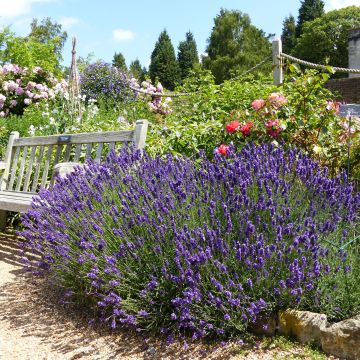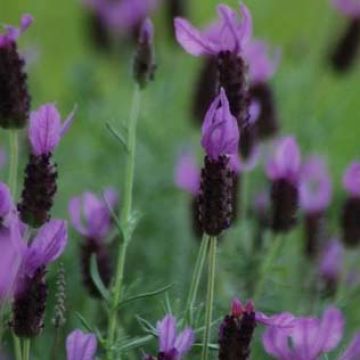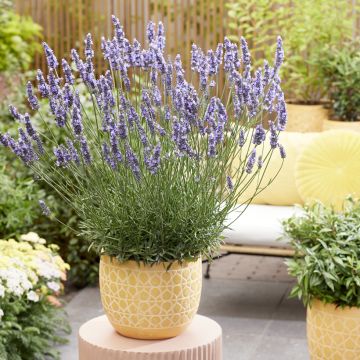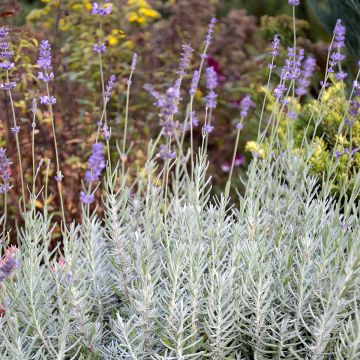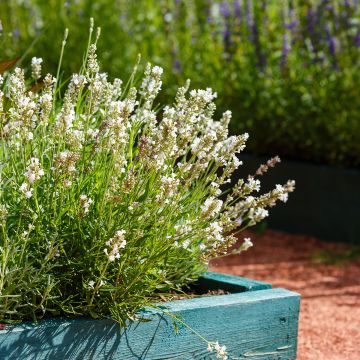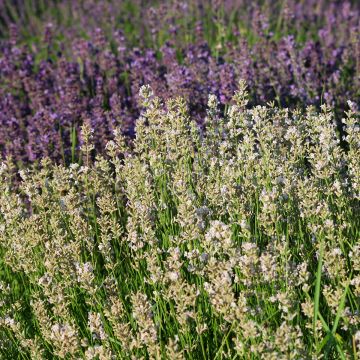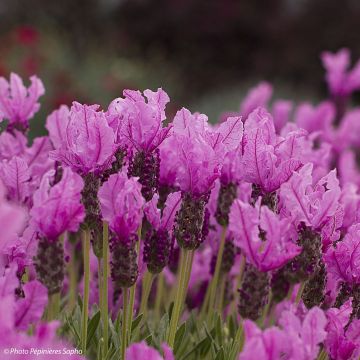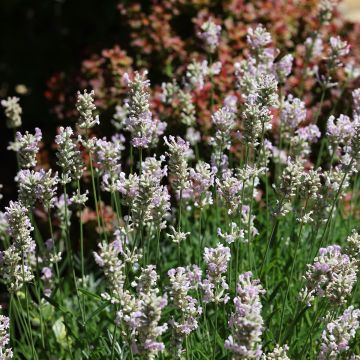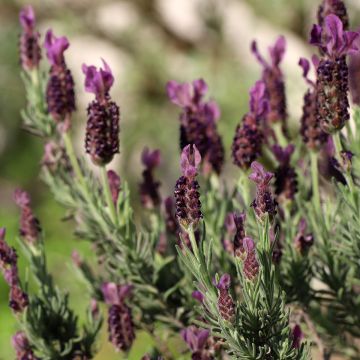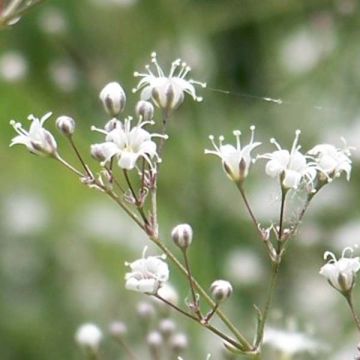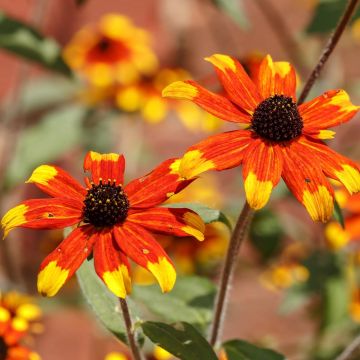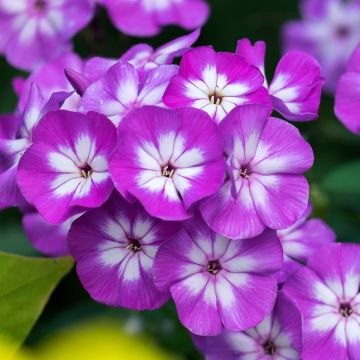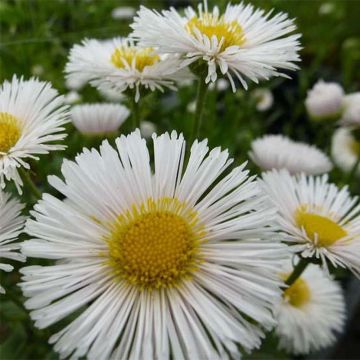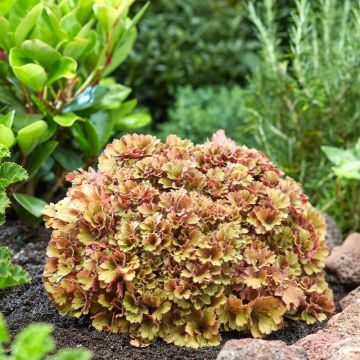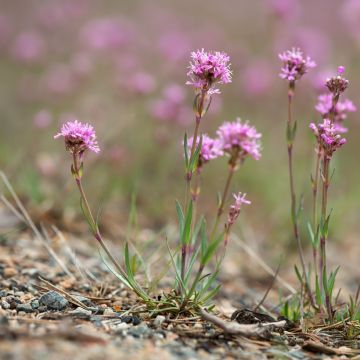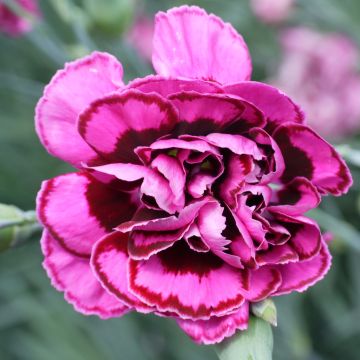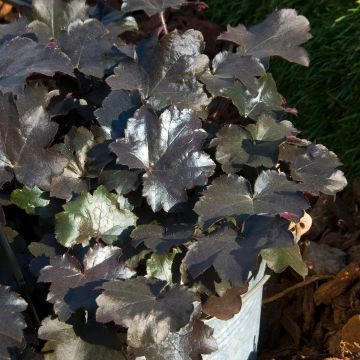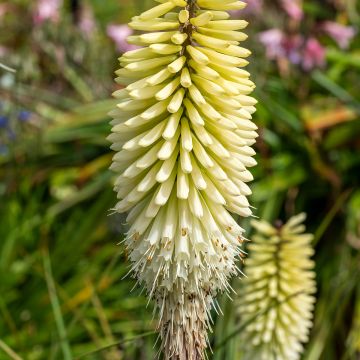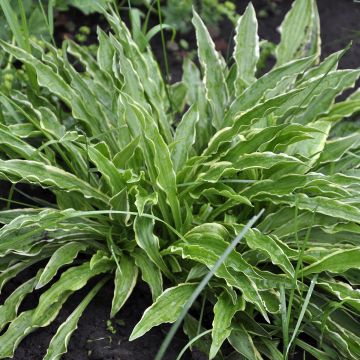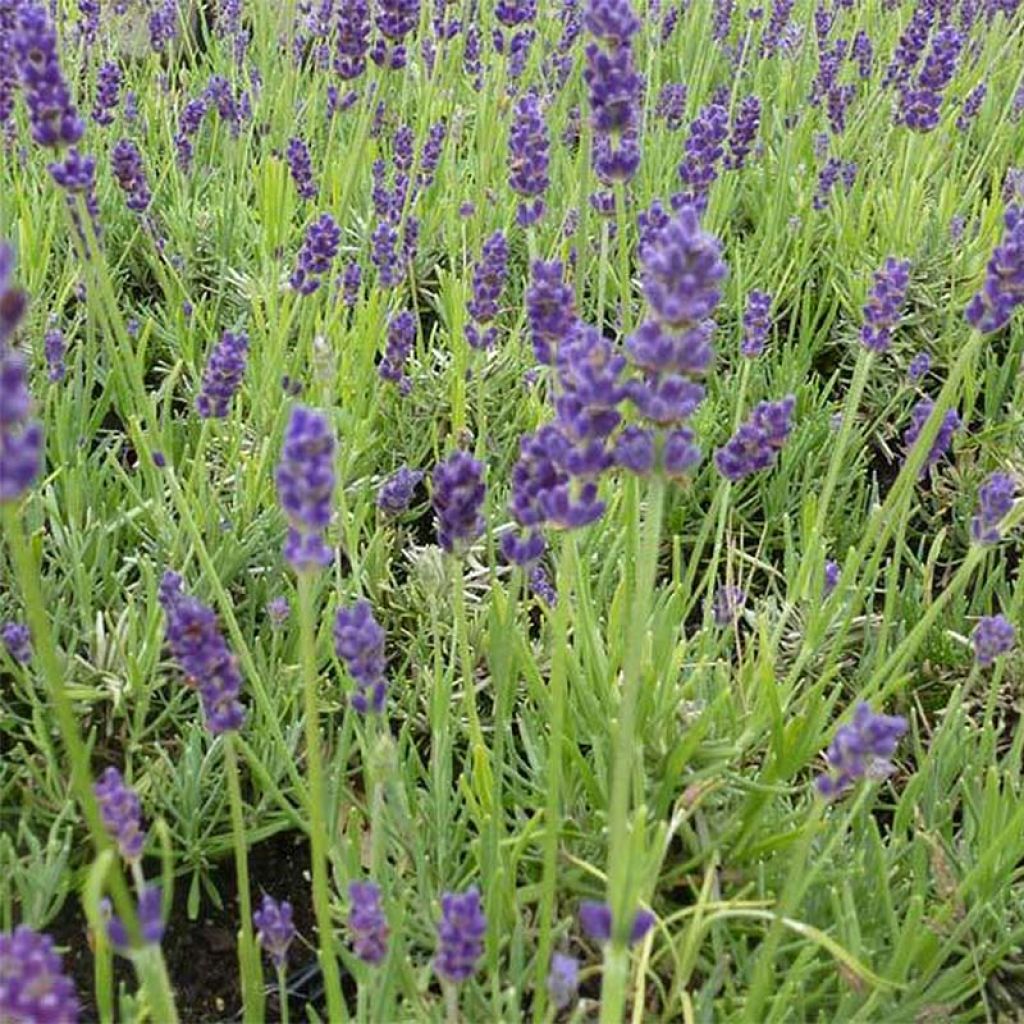

Lavandula angustifolia Twickel Purple - True Lavender
Lavandula angustifolia Twickel Purple - True Lavender
Lavandula angustifolia Twickel Purple
True Lavender, English lavender
I have just received my package of young plants and flowers (different lavenders, and a broom). I am pleasantly surprised, the flowers are healthy, and a little more abundant than I thought. Indeed, I have already ordered plants by mail, from another place, and the received plants were more scrawny, less green. Very satisfied with my order.
Florence C., 28/11/2018
This item cannot be shipped to the selected country
Delivery charge from €5.90
Delivery to Corse prohibited
More information
Schedule delivery date,
and select date in basket
This plant carries a 12 months recovery warranty
More information
We guarantee the quality of our plants for a full growing cycle, and will replace at our expense any plant that fails to recover under normal climatic and planting conditions.
From €5.90 for pickup delivery and €6.90 for home delivery
Express home delivery from €8.90.
Delivery to Corse prohibited: UE law prohibits the import of this plant from mainland France to Corse as part of the fight against Xylella fastidiosa. Please accept our sincere apologies.
More information

Does this plant fit my garden?
Set up your Plantfit profile →
Description
Lavandula angustifolia 'Twickel Purple' is a beautiful variety of lavender, known as English Lavender, with particularly abundant and colourful flowering. In summer, it produces many very dense spikes of deep but gentle violet-blue colour that catch the eye. The plant also charms with its flexible habit and small, evergreen grey-green foliage that sometimes turns purple in winter. Its very abundant flowering in July-August is accompanied by a divine scent. This modest-sized lavender is ideal in the middle of a flower bed or in a rock garden. It will thrive in perfectly well-drained, rocky soil, in full sun.
Lavandula angustifolia, sometimes called English Lavender, is a plant in the Lamiaceae family, related to sage, thyme, and rosemary. The 'Twickel Purple' variety, recently obtained in the Netherlands, forms a small bush of 40 to 50cm (16 to 20in) in all directions, with a flexible, dense, and erect habit, in a rounded clump. Its decorative and evergreen foliage is composed of narrow leaves with rolled edges, aromatic, of a beautiful grey-green colour. In summer, this lavender is covered with a multitude of very colourful, highly scented, and honey-bearing flowers, carried by long cylindrical spikes, at the ends of thin woody and leafy stems. In reality, it is the coloured calyxes, surrounding the flowers, that influence the perception of the colour of the inflorescence when viewed from a distance.
This 'Twickel Purple' lavender is a hardy variety, but like most other lavenders, it needs to be planted in full sun in very well-drained (even rocky) soil, on a slope or in a rock garden. In sunny and warm locations, its foliage will be more vibrant and its flowers will exude an intense fragrance. An excellent ornamental and Mediterranean plant, lavender can be used in flower beds, as a standalone plant, in a border, in a rock garden, in a pot, by the seaside, and even as a low, flowering hedge.
For a natural look, one can combine the 'Twickel Purple' lavender with small grasses such as Stipa pennata or Stipa tenuifolia, which, with their ruffled habit, will contrast with its rounded shape. It will also work wonders when paired with evening primroses, perennial flax, astragals, euphorbias, or dark shrubs such as dwarf conifers, strawberry trees, landscape roses, and photinias. It pairs well with Iris germanica and a small bindweed called Convolvulus althaeoides. You can also create beautiful pot arrangements to place on the terrace or balcony. It is also possible to mix several lavender varieties together, creating an elegant display with a variety of flower and foliage colours, as well as plant sizes and volumes.
Properties: True lavender is a highly nectar-rich plant, contributing to the preservation of bees: the nectar of its flower attracts bees, making it one of the most renowned kinds of honey. The plant is also distilled to obtain a highly sought-after essential oil used in perfumery and aromatherapy. Its numerous therapeutic virtues are still widely used: its essential oil has antiseptic, antispasmodic, healing, detoxifying, and diuretic properties.
Report an error about the product description
Lavandula angustifolia Twickel Purple - True Lavender in pictures
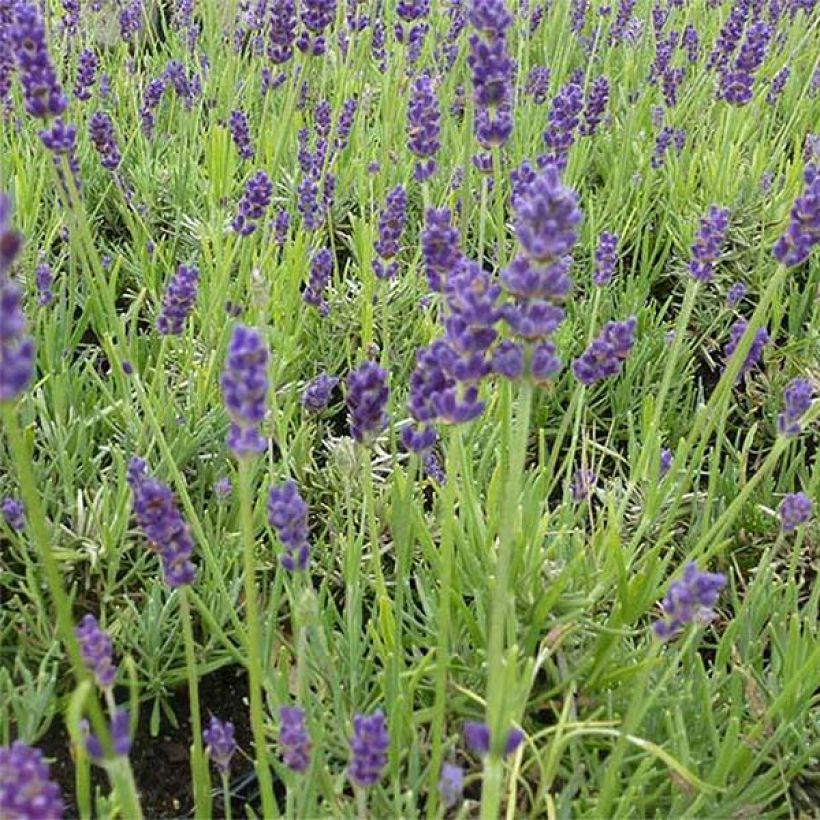

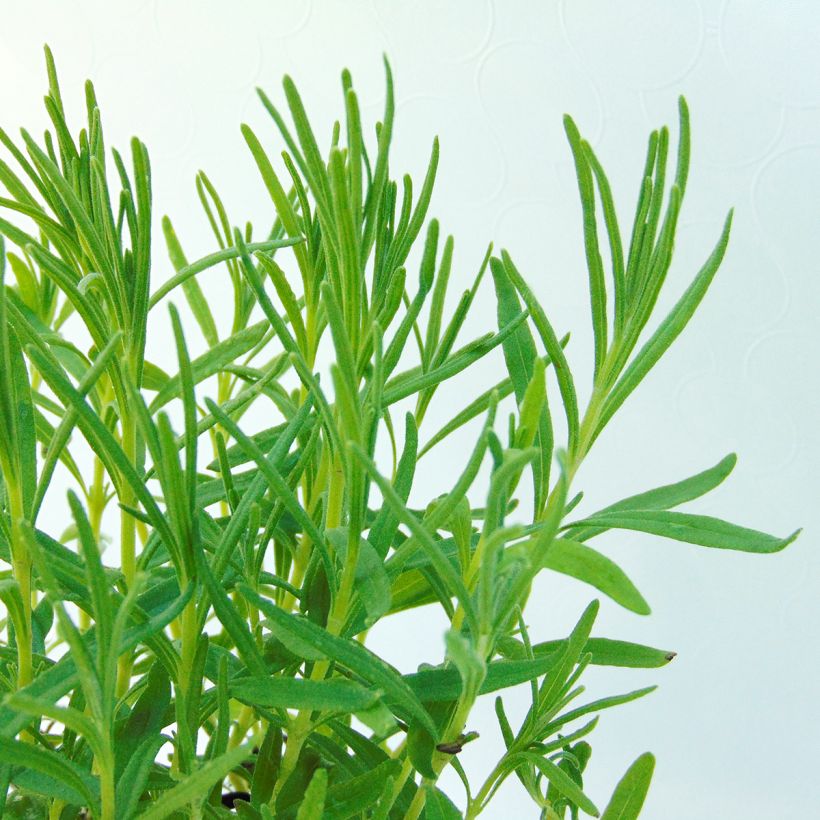

Flowering
Foliage
Plant habit
Botanical data
Lavandula
angustifolia
Twickel Purple
Lamiaceae
True Lavender, English lavender
Cultivar or hybrid
Other Lavendula - Lavender
Planting and care
In nature, lavenders always live in poor and rocky, dry, perfectly drained environments. These plants detest summer watering, which makes them sick and can be fatal as they are very sensitive to fungal diseases induced by the combination of heat and humidity. In winter, they absolutely need perfect drainage, and in summer, they need to be kept dry. Lavender will age better in poor soil, as its growth will be slower, and it will be less prone to thinning from the base. To limit this phenomenon, it should be pruned from a young age, after flowering or in autumn, just above the first buds that can be seen on the wood. Lavenders and lavandins never regrow from old wood. The clump will thus branch out more and more, remaining compact, eventually forming beautiful round and dense cushions. At planting, give them what they like: gravel, stones, coarse sand, but definitely not potting soil or fertilizer.
.
Planting period
Intended location
Care
-
, onOrder confirmed
Reply from on Promesse de fleurs
Summer flowering perennials
Haven't found what you were looking for?
Hardiness is the lowest winter temperature a plant can endure without suffering serious damage or even dying. However, hardiness is affected by location (a sheltered area, such as a patio), protection (winter cover) and soil type (hardiness is improved by well-drained soil).

Photo Sharing Terms & Conditions
In order to encourage gardeners to interact and share their experiences, Promesse de fleurs offers various media enabling content to be uploaded onto its Site - in particular via the ‘Photo sharing’ module.
The User agrees to refrain from:
- Posting any content that is illegal, prejudicial, insulting, racist, inciteful to hatred, revisionist, contrary to public decency, that infringes on privacy or on the privacy rights of third parties, in particular the publicity rights of persons and goods, intellectual property rights, or the right to privacy.
- Submitting content on behalf of a third party;
- Impersonate the identity of a third party and/or publish any personal information about a third party;
In general, the User undertakes to refrain from any unethical behaviour.
All Content (in particular text, comments, files, images, photos, videos, creative works, etc.), which may be subject to property or intellectual property rights, image or other private rights, shall remain the property of the User, subject to the limited rights granted by the terms of the licence granted by Promesse de fleurs as stated below. Users are at liberty to publish or not to publish such Content on the Site, notably via the ‘Photo Sharing’ facility, and accept that this Content shall be made public and freely accessible, notably on the Internet.
Users further acknowledge, undertake to have ,and guarantee that they hold all necessary rights and permissions to publish such material on the Site, in particular with regard to the legislation in force pertaining to any privacy, property, intellectual property, image, or contractual rights, or rights of any other nature. By publishing such Content on the Site, Users acknowledge accepting full liability as publishers of the Content within the meaning of the law, and grant Promesse de fleurs, free of charge, an inclusive, worldwide licence for the said Content for the entire duration of its publication, including all reproduction, representation, up/downloading, displaying, performing, transmission, and storage rights.
Users also grant permission for their name to be linked to the Content and accept that this link may not always be made available.
By engaging in posting material, Users consent to their Content becoming automatically accessible on the Internet, in particular on other sites and/or blogs and/or web pages of the Promesse de fleurs site, including in particular social pages and the Promesse de fleurs catalogue.
Users may secure the removal of entrusted content free of charge by issuing a simple request via our contact form.
The flowering period indicated on our website applies to countries and regions located in USDA zone 8 (France, the United Kingdom, Ireland, the Netherlands, etc.)
It will vary according to where you live:
- In zones 9 to 10 (Italy, Spain, Greece, etc.), flowering will occur about 2 to 4 weeks earlier.
- In zones 6 to 7 (Germany, Poland, Slovenia, and lower mountainous regions), flowering will be delayed by 2 to 3 weeks.
- In zone 5 (Central Europe, Scandinavia), blooming will be delayed by 3 to 5 weeks.
In temperate climates, pruning of spring-flowering shrubs (forsythia, spireas, etc.) should be done just after flowering.
Pruning of summer-flowering shrubs (Indian Lilac, Perovskia, etc.) can be done in winter or spring.
In cold regions as well as with frost-sensitive plants, avoid pruning too early when severe frosts may still occur.
The planting period indicated on our website applies to countries and regions located in USDA zone 8 (France, United Kingdom, Ireland, Netherlands).
It will vary according to where you live:
- In Mediterranean zones (Marseille, Madrid, Milan, etc.), autumn and winter are the best planting periods.
- In continental zones (Strasbourg, Munich, Vienna, etc.), delay planting by 2 to 3 weeks in spring and bring it forward by 2 to 4 weeks in autumn.
- In mountainous regions (the Alps, Pyrenees, Carpathians, etc.), it is best to plant in late spring (May-June) or late summer (August-September).
The harvesting period indicated on our website applies to countries and regions in USDA zone 8 (France, England, Ireland, the Netherlands).
In colder areas (Scandinavia, Poland, Austria...) fruit and vegetable harvests are likely to be delayed by 3-4 weeks.
In warmer areas (Italy, Spain, Greece, etc.), harvesting will probably take place earlier, depending on weather conditions.
The sowing periods indicated on our website apply to countries and regions within USDA Zone 8 (France, UK, Ireland, Netherlands).
In colder areas (Scandinavia, Poland, Austria...), delay any outdoor sowing by 3-4 weeks, or sow under glass.
In warmer climes (Italy, Spain, Greece, etc.), bring outdoor sowing forward by a few weeks.

































